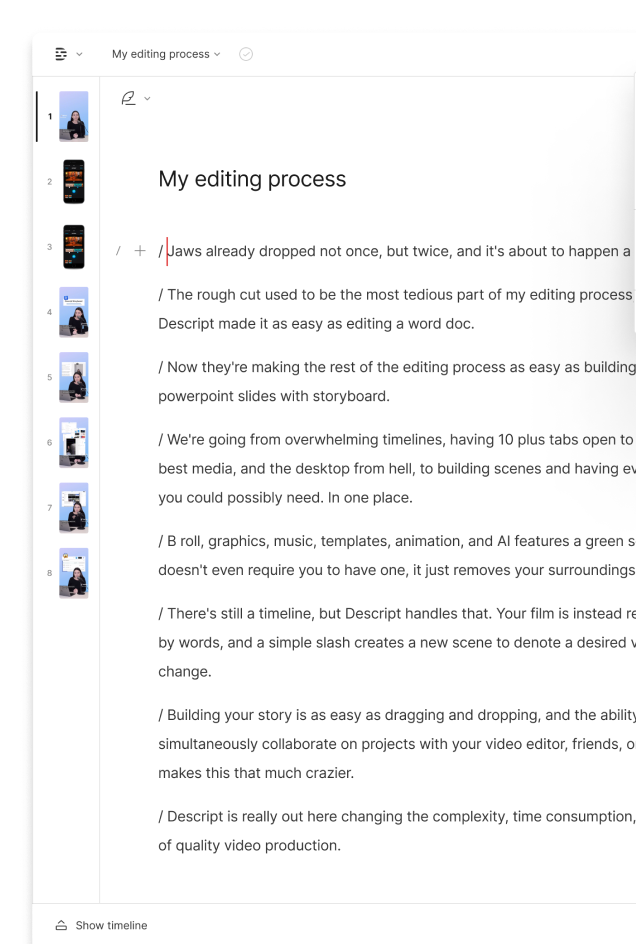What type of content do you primarily create?




Let’s say you’ve finished editing your latest video and you’re ready to share it with the world. Sending your project file to the masses would be a total mess. It’s too big for email. And no video distribution platforms would support it. That means it’s time for one final step: exporting the finished video. Don’t worry if you’re lost about the best format to export video to — here’s what you need to know.
What is the best format to export a video to?
There is no “best format” for your video; there’s only the format that works the best for your purposes. When you export to certain formats, the video file size will reflect the super high quality of the audio and resolution. That’s awesome, but not everything needs to be seen in IMAX-worthy detail. Larger files are also generally harder to send or share. Still, other formats allow you to include fewer or more types of data within the file itself. If all of this sounds complicated, it can be if you want to really geek out about it, but it can also be incredibly simple.
Here’s a rundown of some of the most common formats used for social media, YouTube, and beyond:
- MOV: MOV files, an invention from our friends at Apple, can get pretty large since they’re capable of storing top-notch video and audio. They’re also easily editable since separating them into their individual tracks is a fairly straightforward process. MOV is the best video format for Facebook, along with MP4. If you’re looking to export video for YouTube, Instagram, or TikTok, MOV is also a solid choice.
- AVI: The AVI was developed by Microsoft in the ’90s, and while it’s an oldie, it’s still a goodie. AVI files are widely supported by video editing programs (Adobe Premiere Pro, iMovie, and Descript, to name a few), though they can also get pretty hefty when uncompressed. AVI isn’t a great choice for social unless you plan to upload to YouTube, where it’s a supported format.
- MP4: The MP4 is a widely accepted video format that allows you to store high-quality video with a high amount of compression, meaning smaller file sizes. MP4 can also store metadata like subtitles and stills, making it the most popular choice for everyday use. You can easily upload .MP4 files to Facebook, Instagram, TikTok, and YouTube. The only drawback with MP4s is that, because they contain a lot of audio and video data, they can occasionally crash software if you’re trying to edit them.
- GIF: Ah, the Graphics Interchange Format. You know what this guy’s all about — quick, loopable moments you can post on Twitter and the like. GIFs are easily shareable because they’re so small, but by the same token, it’s pretty hard to squeeze high quality out of them. Look elsewhere if you’re trying to export video.
- MPEG: The MPEG is the grandfather to the MP4, which means it’s more old-school. No subtitles or stills here, just a straight video. That said, the MPEG is still widely compatible, but not on mobile devices — so it’s great if you’re looking to burn a DVD, less so for social. (See? Old-school.)
How to export a video with Descript
Exporting with Descript is easy. Here’s how you do it:
- Click the Share button. It’s the little chain link icon in the upper right of your project screen.
- Click the Export tab. Select Video from the list of options.
- Decide on your export options. While Descript only exports to MP4, there are numerous ways to customize your audio and video settings when you open the export settings. You can adjust the audio bitrate, normalize volume, or increase the dimensions of your video from 720p to 4K, and more.
- Click Export. You’re done.















































